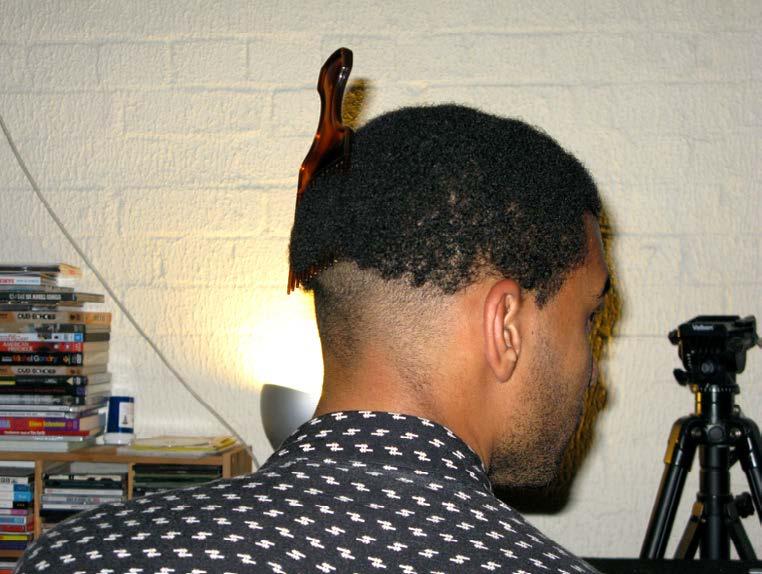
2 minute read
IT’s a LONDON thing
from BUDZINE #2
by budzine
– THE ART & DESIGN OF BOILER ROOM TV
Boiler Room took club experience online with a web cam – and the rest is history. Adam Tickle, Creative Director (BBO Creative), was there right in the beginning. Here’s his memoir and photo collection of the early days.
Advertisement
Originallyfrom Manchester in the North of England, I had grown up around punk rock and DIY culture from late 90’s to early 2000’s. Never having the desire to perform in a band or get on stage, my route to this scene I loved was through design. I started my career making CD sleeves, t-shirts and punk rock flyers. Little did I know that this would later translate into branding two of the most iconic and influential music platforms to come out of London in the past 15 years.
After graduating in 2007 I found myself working in the advertising industry in London’s East End. Outside of my day job I was mixing with some of the city’s most exciting young, creative entrepreneurs through the medium of warehouse parties and club nights. Fast forward 3 years, and I am sitting in a small smokey room in what felt like an illegal Hackney squat surrounded by subwoofers, Jamaican rum, two turntables, a crappy web camera and some of the most exciting electronic musical talent of the time (Jamie XX, Theo Parrish, Dean Blunt, Hudson Mohawke, Ben UFO, Mount Kimbie, Four Tet, Sampha, Floating Points, James Blake and many more). No signage on the door, no security and no license, this was Boiler Room – and for the few peoplein the room, it was the epicenter of the underground London music scene. What made these early sessions different to the club nights we were used to, was the presence of a web camera; the experience of the event not being confined to the 10-20 people in this room but being broadcasted to the world.
Anyone with the URL could be a spectator and essentially part of the magic. Although no one knew it at the time, this was the start of a new way to consume music, a new way to party.
So where do I come into this story?
After a few sessions I was approached by the founder Blaise Bellville and main Host/MC Thristian Richards with a request to help them brand and make sense of what was quickly becoming a phenomenon in the world of digital music culture. From what I remember there was no brief and certainly no budget, but true to my routes, I wanted to be part of this scene. We met over lunch and I presented only one logo and it’s the same logo you see today, which has stayed unchanged for 12 years.
To some it’s just Universe 93 Extra Black Extended (typeface) placed inside a slightly too thin circle. But for those willing to dig a little deeper the graphical connotations of a Technics slipmat, the equipment of choice for professional DJs, and a font that takes heavy influence from the legendary Pure Garage CDs start to become clear. These references at the time all contributed to the birth of London’s Pirate radio scene 10 years earlier. This was my homage to that era, to define a new era.... It’s a London thing.■
RAGS




















